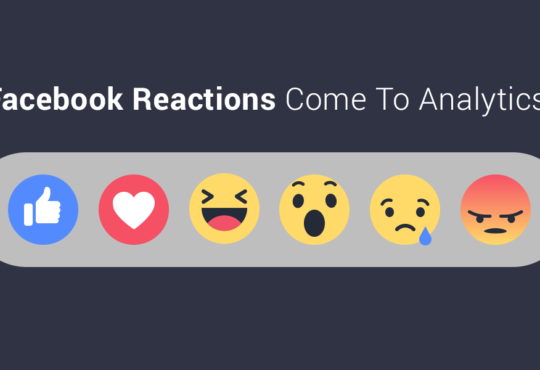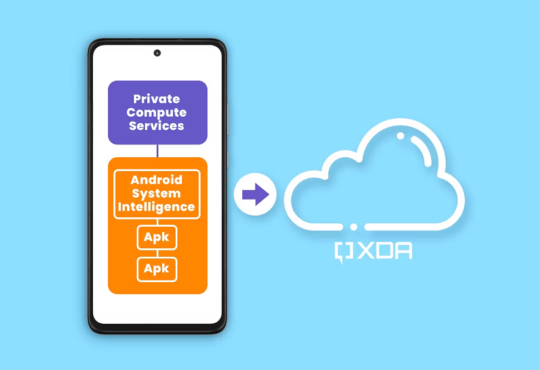The Ultimate Guide to Financial Analytics Software: Unleashing the Power of Data for Financial Insights

In today’s fast-paced and data-driven world, financial analytics software has become an indispensable tool for businesses and organizations seeking to gain valuable insights into their financial performance, optimize decision-making, and drive growth.
This comprehensive guide aims to provide you with an in-depth understanding of financial analytics software, its benefits, key features, and best practices for implementation. Whether you’re a financial professional, business owner, or analyst, this guide will equip you with the knowledge needed to harness the power of data and unlock new opportunities for success.
Understanding Financial Analytics Software
What is Financial Analytics? – Financial analytics refers to the process of using technology and tools to analyze financial data and generate insights, trends, and patterns. It involves the use of statistical models, algorithms, and data visualization techniques to understand financial performance, make informed decisions, and identify potential risks and opportunities.
Importance of Financial Analytics Software – Financial analytics software provides a centralized platform for collecting, organizing, and analyzing financial data. It enables businesses to gain a holistic view of their financial health, identify trends, detect anomalies, and make data-driven decisions to improve profitability, efficiency, and risk management.
Types of Financial Analytics Software – Financial analytics software can be categorized into various types, including:
- Business Intelligence (BI) Tools: Provide interactive dashboards and reports for analyzing financial data.
- Financial Planning and Analysis (FP&A) Software: Focus on budgeting, forecasting, and scenario modeling.
- Risk Management Software: Help identify, assess, and mitigate financial risks.
- Performance Management Software: Track and evaluate key performance indicators (KPIs) to drive performance improvement.
- Compliance and Audit Software: Ensure adherence to regulatory requirements and internal controls.
Key Features and Functionality
Financial analytics software typically offers features such as:
- Data Integration: Ability to connect and consolidate data from various sources.
- Financial Reporting: Generate standard financial reports, customizable statements, and ad-hoc analysis.
- Predictive Analytics: Use statistical models to forecast future financial outcomes.
- Visualization and Dashboards: Present financial data in interactive charts, graphs, and visual formats.
- Scenario Analysis: Simulate and evaluate different financial scenarios to assess their impact.
Benefits of Financial Analytics Software
- Improved Financial Decision-Making – Financial analytics software enables data-driven decision-making by providing accurate and timely insights into financial performance, profitability, and risks. It helps businesses optimize resource allocation, identify cost-saving opportunities, and make informed strategic choices.
- Enhanced Forecasting and Budgeting – By leveraging historical data and predictive analytics, financial analytics software empowers businesses to improve their forecasting accuracy, optimize budget allocation, and align financial goals with organizational objectives.
- Risk Management and Compliance – Financial analytics software helps identify potential risks, detect fraudulent activities, and ensure compliance with regulatory frameworks. It enables businesses to proactively mitigate risks and establish robust internal controls.
- Operational Efficiency and Cost Reduction – By analyzing financial data, businesses can identify inefficiencies, streamline processes, and reduce costs. Financial analytics software highlights areas of improvement, such as optimizing inventory management, reducing procurement expenses, and minimizing operational waste.
- Competitive Advantage and Growth Opportunities – Financial analytics software provides businesses with a competitive edge by uncovering growth opportunities, optimizing pricing strategies, and identifying new market trends. It enables organizations to stay agile, make strategic investments, and seize market opportunities.
Key Considerations for Selecting Financial Analytics Software
- Assessing Organizational Needs and Goals – Before selecting financial analytics software, assess your organization’s specific requirements, goals, and budget. Consider factors such as data volume, user requirements, integration capabilities, and scalability.
- Scalability and Integration Capabilities – Ensure that the chosen software can handle growing data volumes and integrate with existing systems, such as ERP (Enterprise Resource Planning) and CRM (Customer Relationship Management) software.
- User-Friendliness and Ease of Implementation – Evaluate the user interface, ease of use, and implementation process of the software. User-friendly software reduces the learning curve and promotes widespread adoption within the organization.
- Security and Data Privacy – Verify that the software adheres to industry standards for data security, encryption, and privacy regulations. Protecting sensitive financial data is crucial for maintaining trust and compliance.
- Vendor Evaluation and Selection Process – Conduct thorough research, compare different vendors, and consider factors like reputation, customer reviews, customer support, and pricing models. Request demos and pilot programs to assess the software’s suitability for your organization.
Implementing Financial Analytics Software
- Defining Project Objectives and Scope – Clearly define the objectives, scope, and deliverables of the financial analytics software implementation project. Establish key milestones, timelines, and resource allocation.
- Data Preparation and Cleansing – Prepare your data by ensuring its accuracy, consistency, and completeness. Cleanse and transform the data to remove duplicates, errors, and inconsistencies that could affect the analysis.
- Configuring and Customizing the Software – Configure the software according to your organization’s specific requirements, including setting up data sources, defining metrics and KPIs, and customizing reports and dashboards.
- User Training and Change Management – Train users on how to effectively use the software, interpret financial insights, and leverage its capabilities. Implement change management strategies to encourage adoption and overcome resistance.
- Testing and Deployment – Conduct thorough testing to ensure the software functions correctly, meets performance expectations, and integrates seamlessly with other systems. Deploy the software in a phased approach, allowing for continuous monitoring and improvement.
Best Practices for Financial Analytics Software Usage
- Establishing Clear KPIs and Metrics Define and track Key Performance Indicators (KPIs) relevant to your organization’s financial goals. Set benchmarks, measure progress, and align financial analytics with strategic objectives.
- Data Visualization and Reporting Utilize visualizations, charts, and interactive dashboards to present financial data in a clear and understandable manner. Develop customizable reports to meet the needs of different stakeholders.
- Regular Monitoring and Analysis Continuously monitor financial data, identify trends, and conduct in-depth analysis to gain actionable insights. Regularly review and update financial models and forecasts based on changing market conditions.
- Collaboration and Cross-Functional Insights Encourage collaboration among teams by sharing financial insights and reports. Foster cross-functional discussions to leverage diverse perspectives and align financial analytics with overall business strategy.
- Continuous Improvement and Adaptability Embrace a culture of continuous improvement by regularly assessing and refining your financial analytics processes. Stay updated with industry trends and emerging technologies to adapt and remain competitive.
Integration with Other Business Systems
- ERP and Accounting Systems Integration – Integrate financial analytics software with your ERP and accounting systems to leverage data from multiple sources, enhance accuracy, and streamline financial processes.
- CRM and Sales Analytics Integration – Combine financial analytics with customer relationship management (CRM) and sales analytics to gain insights into customer behavior, revenue generation, and profitability.
- Supply Chain and Operations Integration – Integrate financial analytics with supply chain and operations systems to optimize inventory management, identify cost-saving opportunities, and enhance overall operational efficiency.
- Human Resources and Workforce Analytics Integration – Incorporate human resources and workforce analytics data into financial analytics software to analyze labor costs, employee productivity, and talent management.
Emerging Trends and Future of Financial Analytics Software
- Artificial Intelligence and Machine Learning – AI and machine learning algorithms enable advanced data analysis, anomaly detection, predictive modeling, and automated financial decision-making.
- Predictive Analytics and Forecasting – Leveraging historical data and statistical models, predictive analytics helps organizations forecast future financial outcomes, identify risks, and make proactive decisions.
- Cloud-Based Solutions and Mobility – Cloud-based financial analytics software allows for easy access, scalability, and data sharing across multiple devices and locations, enabling real-time decision-making.
- Real-Time Analytics and Dashboards – Real-time analytics and interactive dashboards provide up-to-date financial insights, enabling timely actions and improving agility in response to market changes.
- Automation and Process Optimization – Automation of routine financial tasks, such as data aggregation and report generation, improves efficiency, reduces errors, and frees up resources for more strategic activities.
Financial analytics software has the potential to revolutionize the way businesses analyze, manage, and leverage their financial data. By harnessing the power of this technology, organizations can gain deeper insights, make data-driven decisions, and achieve sustainable growth in today’s competitive landscape.
By following the guidelines and best practices outlined in this guide, you will be well-equipped to target the keyword “financial analytics software” effectively and position yourself as a knowledgeable resource in the field. Remember, success lies in the ability to leverage data for strategic advantage, and financial analytics software is the key to unlocking that potential.









